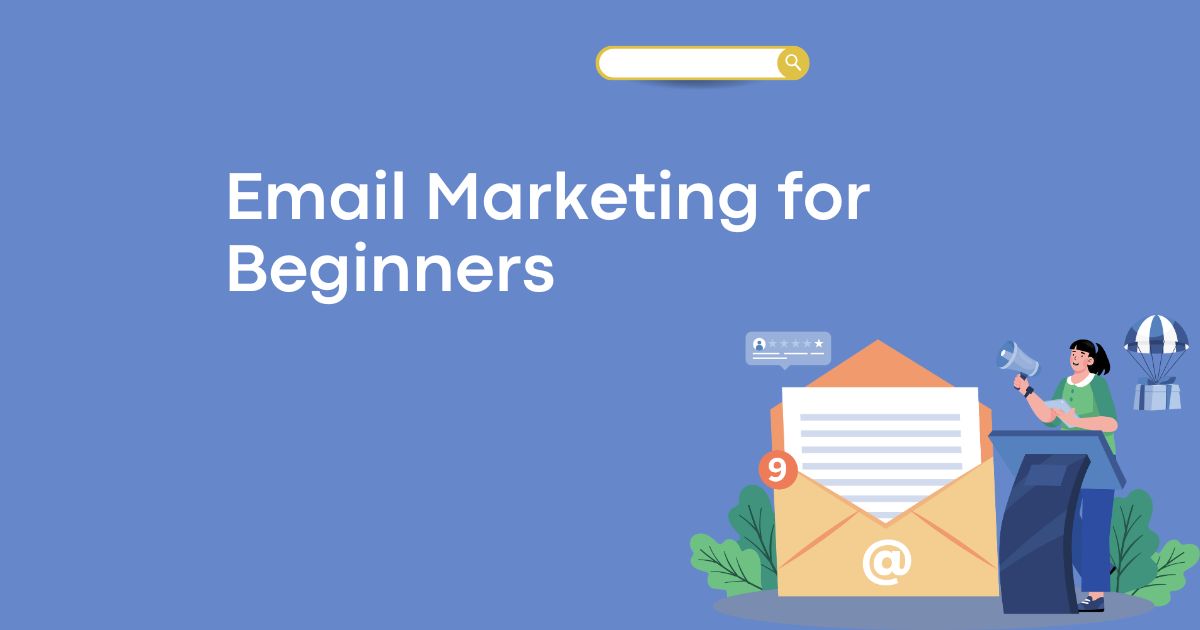
Email marketing remains one of the most powerful digital marketing channels, delivering an average return of $42 for every dollar spent. Despite the rise of social media and other communication platforms, email continues to be a direct line to your audience that you own and control.
If you’re new to email marketing, the prospect of building campaigns, managing subscriber lists, and creating compelling content might feel overwhelming. But here’s the good news: email marketing is learnable, accessible, and doesn’t require a massive budget to get started. This guide will walk you through everything you need to know to launch your first successful email marketing campaign.
By the end of this post, you’ll understand the fundamentals, have a clear roadmap for getting started, and know exactly which tools and strategies will help you build meaningful relationships with your subscribers while driving real business results.
What Is Email Marketing and Why Does It Matter?
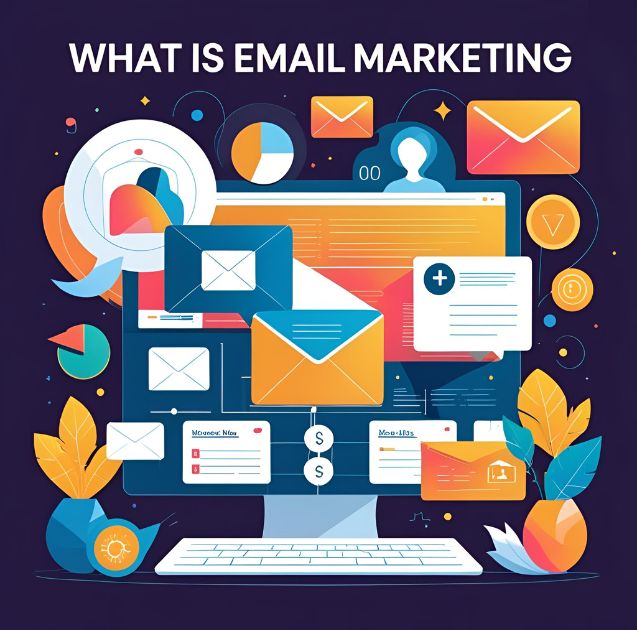
Email marketing involves sending targeted messages to a group of subscribers who have opted in to receive communications from your business. Unlike social media, where algorithms control who sees your content, email marketing gives you direct access to your audience’s inbox.
The power of email marketing lies in its personal nature and measurable results. You can track open rates, click-through rates, and conversions with precision. More importantly, email subscribers are typically more engaged than social media followers because they’ve made a conscious decision to hear from you.
For beginners, email marketing offers several key advantages. It’s cost-effective, scalable, and provides immediate feedback on what resonates with your audience. You can start with free tools and a small subscriber list, then grow your efforts as you see results.
Building Your Email List From Scratch
Your subscriber list is the foundation of successful email marketing. Without engaged subscribers, even the most beautifully designed campaigns will fall flat. The key is attracting people who genuinely want to hear from you, not just collecting as many email addresses as possible.
Creating Irresistible Lead Magnets
A lead magnet is a valuable resource you offer in exchange for someone’s email address. The best lead magnets solve a specific problem for your target audience. Consider creating:
Educational Content: Guides, checklists, templates, or how-to resources that address common pain points in your industry.
Exclusive Access: Early access to new products, members-only content, or special discounts for subscribers.
Tools and Resources: Calculators, worksheets, or digital tools that provide immediate value.
Your lead magnet should be highly relevant to your business so you attract the right kind of subscribers. A fitness coach might offer a “7-Day Meal Planning Template,” while a marketing consultant could create a “Social Media Content Calendar.”
Optimizing Your Signup Forms
Where and how you present your signup forms significantly impacts your conversion rates. Place forms in high-visibility locations like your website header, at the end of blog posts, or in your social media profiles.
Keep your signup forms simple. Ask only for essential information—typically just a first name and email address. The more fields you include, the lower your conversion rate will be.
Make your value proposition clear. Instead of a generic “Subscribe to our newsletter,” try something specific like “Get weekly marketing tips delivered to your inbox” or “Join 5,000+ entrepreneurs getting our startup insights.”
Choosing the Right Email Marketing Platform
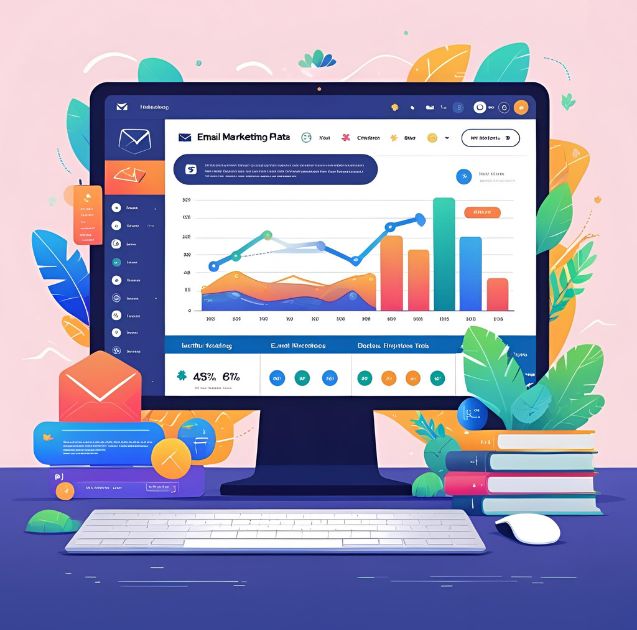
Your email marketing platform will handle everything from managing subscribers to sending campaigns and tracking results. For beginners, the right platform balances ease of use with essential features.
Essential Features to Look For
User-Friendly Interface: You should be able to create and send campaigns without needing technical expertise.
List Management: Tools to organize subscribers, handle unsubscribes, and maintain clean lists.
Templates and Design Tools: Pre-built templates and drag-and-drop editors to create professional-looking emails.
Automation Capabilities: The ability to send triggered emails based on subscriber behavior or time intervals.
Analytics and Reporting: Clear metrics on open rates, click rates, and other key performance indicators.
Popular Beginner-Friendly Platforms
Mailchimp offers a free plan for up to 2,000 subscribers and includes basic automation features. Its interface is intuitive, making it popular among beginners.
ConvertKit focuses on content creators and small businesses, with powerful automation tools and excellent deliverability rates.
Constant Contact provides extensive customer support and educational resources, plus easy-to-use design tools.
AWeber has been around for years and offers reliable service with good customer support and comprehensive tutorials.
Crafting Your First Email Campaign
Your first campaign sets the tone for your relationship with subscribers. Focus on delivering value while establishing your brand voice and setting expectations.
Writing Compelling Subject Lines
Your subject line determines whether recipients open your email or scroll past it. Effective subject lines are clear, specific, and create curiosity without being misleading.
Keep subject lines under 50 characters when possible, as many email clients truncate longer ones. Use action words and create urgency when appropriate, but avoid spam triggers like excessive capitalization or too many exclamation points.
Test different approaches to see what resonates with your audience. Some subscribers respond to direct, benefit-focused lines like “5 ways to boost your productivity today,” while others prefer curiosity-driven options like “The mistake 90% of marketers make.”
Designing Mobile-Friendly Emails
Over half of all emails are opened on mobile devices, making mobile optimization crucial. Use single-column layouts, large fonts (at least 14px), and buttons that are easy to tap with a thumb.
Keep your design clean and focused. Include plenty of white space, use contrasting colors for call-to-action buttons, and ensure images load quickly. Test your emails on different devices before sending.
Creating Valuable Content
Every email should provide value to your subscribers, whether through educational content, entertainment, exclusive offers, or useful resources. Mix different types of content to keep your emails fresh and engaging.
Educational emails work well for most businesses. Share tips, insights, or how-to content related to your expertise. Behind-the-scenes content helps build personal connections with your audience.
Don’t make every email a sales pitch. Follow the 80/20 rule: 80% valuable, non-promotional content and 20% promotional content. This builds trust and keeps subscribers engaged long-term.
Setting Up Email Automation
Email automation allows you to send targeted messages based on subscriber behavior or predefined schedules. This helps you stay connected with your audience without manually sending every email.
Welcome Series
A welcome series introduces new subscribers to your brand and sets expectations for future communications. This automated sequence typically includes 3-5 emails sent over the first week after someone subscribes.
Your first welcome email should arrive immediately after signing up. Thank subscribers for joining, remind them what they signed up for, and deliver any promised lead magnets.
Subsequent emails can introduce your story, highlight your best content, showcase customer testimonials, or provide additional valuable resources. Use this series to build rapport and encourage engagement.
Behavioral Triggers
Set up automated emails based on subscriber actions. Send follow-up emails to people who click specific links, target subscribers who haven’t opened emails in a while with re-engagement campaigns, or create sequences for different subscriber segments.
Cart abandonment emails work well for e-commerce businesses, while service-based companies might focus on nurturing sequences that provide value over time and gradually introduce their services.
Measuring and Improving Your Results
Email marketing success depends on continuously monitoring performance and making data-driven improvements. Focus on metrics that directly relate to your business goals.
Key Metrics to Track
Open Rate: The percentage of recipients who open your emails. Industry averages range from 15-25%, depending on your sector.
Click-Through Rate: The percentage of recipients who click links in your emails. This indicates how engaging your content is.
Conversion Rate: The percentage of recipients who take your desired action, such as making a purchase or downloading a resource.
Unsubscribe Rate: Monitor this to ensure you’re not overwhelming subscribers or sending irrelevant content.
Testing and Optimization
A/B testing helps you understand what works best for your audience. Test one element at a time—subject lines, send times, call-to-action buttons, or email length.
Send different versions to small segments of your list, then send the winning version to the remainder. This approach ensures you’re always improving your results based on actual subscriber behavior.
Common Beginner Mistakes to Avoid
New email marketers often make predictable mistakes that hurt their results. Buying email lists might seem like a shortcut, but it leads to poor engagement, spam complaints, and potential legal issues. Focus on organic list growth instead.
Sending too many emails can overwhelm subscribers and increase unsubscribe rates. Start with a consistent but manageable frequency—perhaps weekly or bi-weekly—and adjust based on subscriber feedback and engagement metrics.
Ignoring mobile optimization will hurt your results significantly. Always preview your emails on mobile devices and use responsive design templates.
Failing to maintain good list hygiene by regularly cleaning your subscriber list of inactive users can hurt your deliverability rates and waste money on inactive subscribers.
Your Next Steps in Email Marketing
Email marketing success doesn’t happen overnight, but with consistent effort and attention to subscriber value, you’ll see steady improvement in your results. Start by choosing an email marketing platform and creating your first lead magnet. Focus on providing value in every interaction, and don’t be afraid to experiment with different approaches.
Remember that email marketing is about building relationships, not just driving immediate sales. The subscribers who trust you and find value in your emails will become your most loyal customers and advocates.
As you grow more comfortable with the basics, explore advanced features like segmentation, dynamic content, and complex automation sequences. But for now, focus on mastering the fundamentals outlined in this guide.
The most important step is getting started. Your first email campaign won’t be perfect, but it will teach you valuable lessons about your audience and set you on the path to email marketing success.


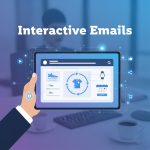
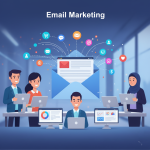
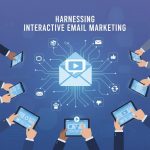
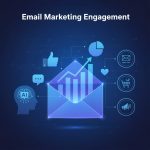
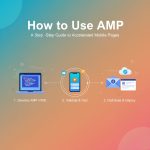




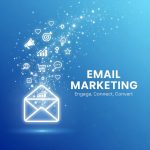

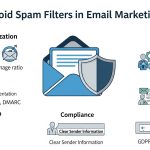
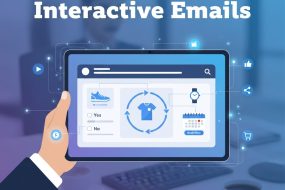

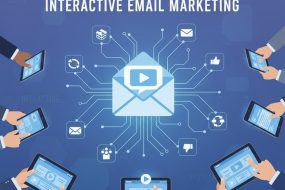

No Comments